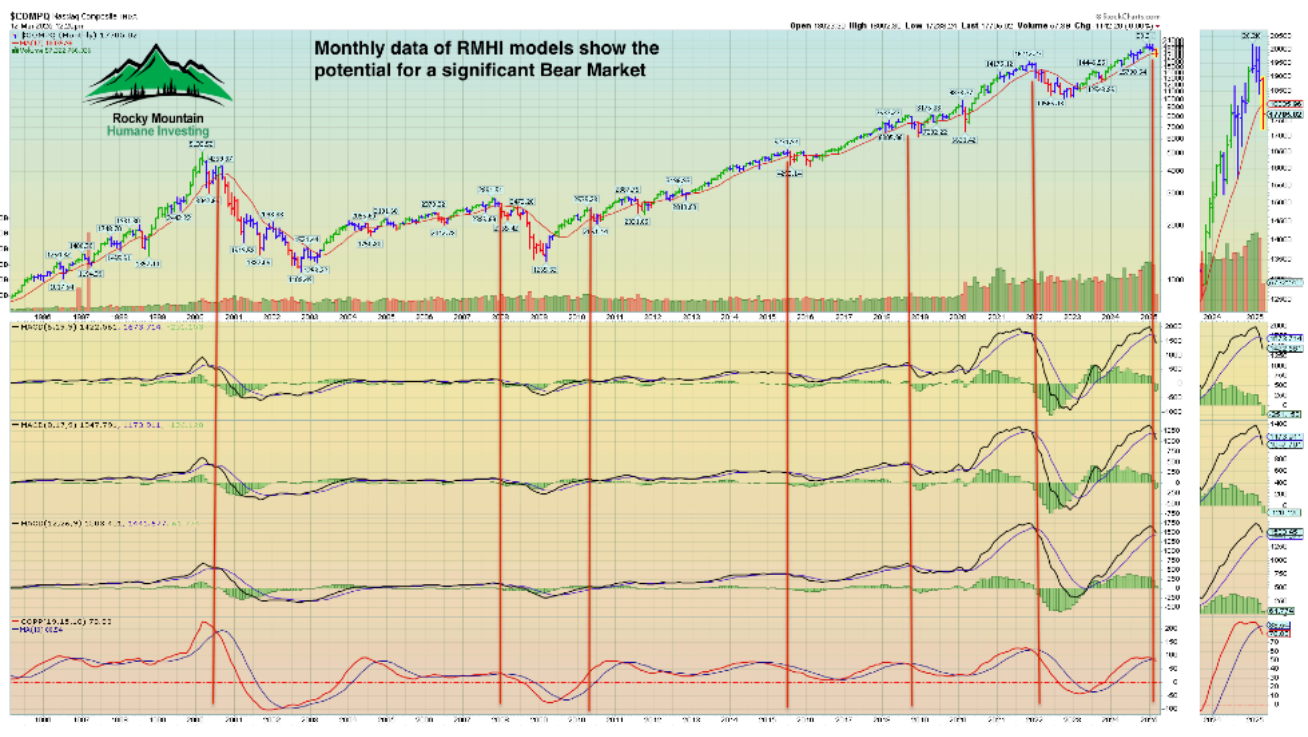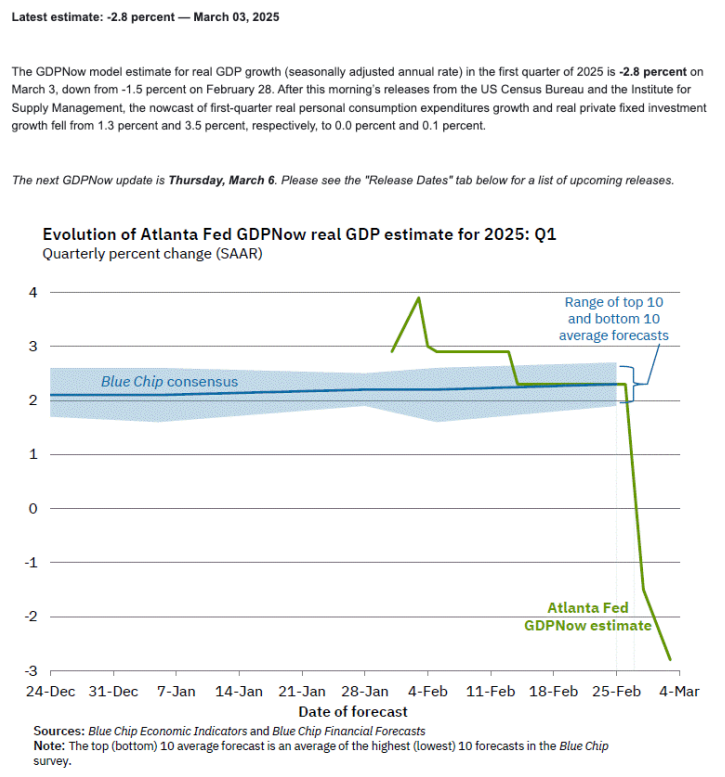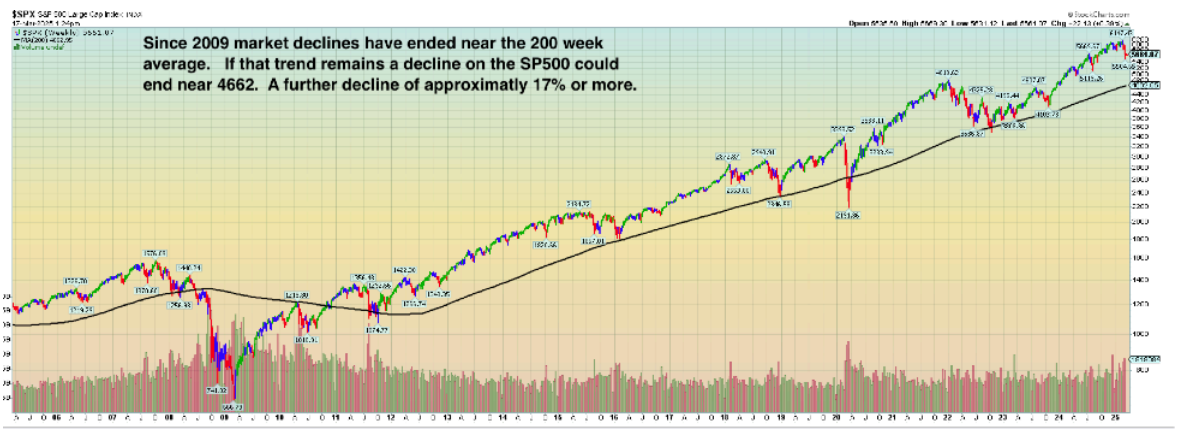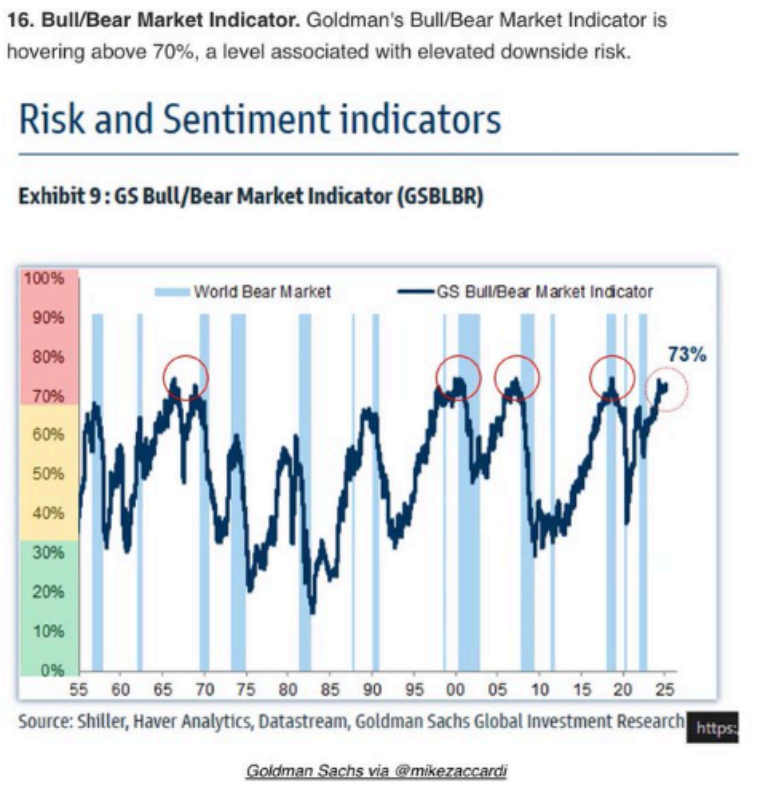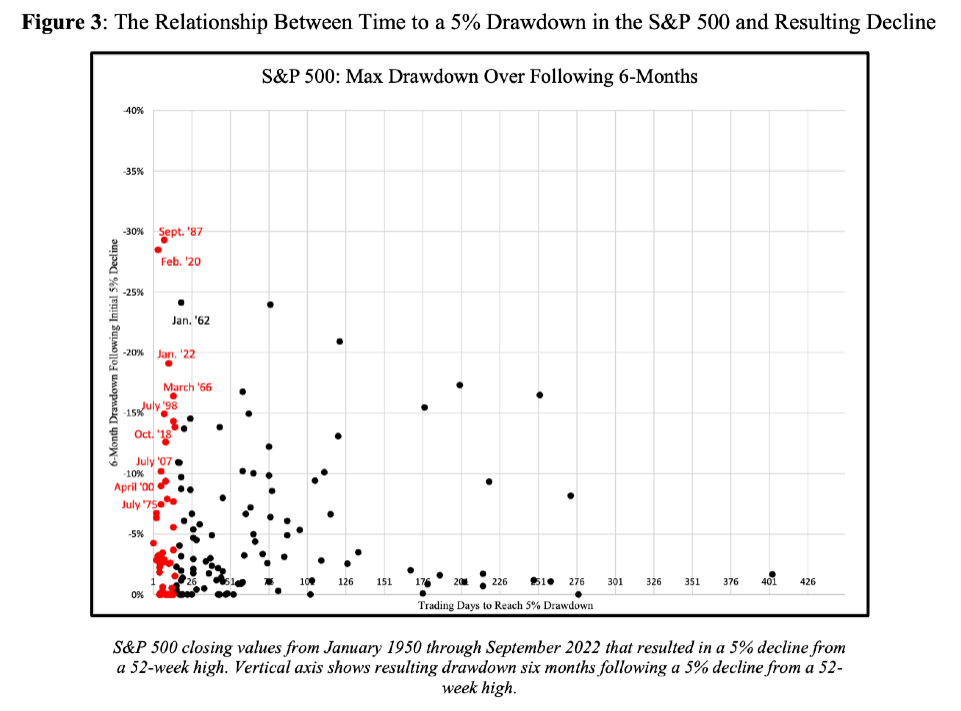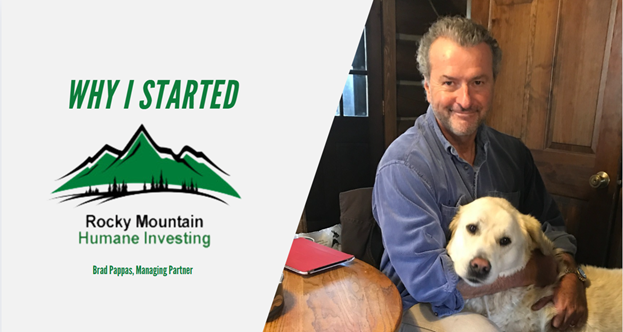Recently I’ve seen a few studies and charts on Twitter that lend favor to Tax Efficient Investing. These are portfolios where each holding is designed to be held for more than one year. This stragegy allows them to qualify for reduced taxes as a Long Term Capital Gain. The articles I’ve seen generally advocated by financial planners and advisors who see Tax Efficient Investing as their way to add value or have an edge for the clients of their practice. But not once have I seen a credible article playing the role of Devil’s Advocate for Tax Efficient Portfolios. Today the Dow Jones Index was down 660 points at mid-day. It would seem apropos to highlight a few of the disadvantages of Tax Efficient Investing.
The points I will make are from the perspective of a Growth-oriented investment advisor whose primary investment vehicles are stocks, ETF’s and ETN’s. Municipal bonds are a different animal altogether and not the subject of this blog post.
Are the lower taxes worth the losses?
The primary objective of Tax Efficient Investing is to own an investment for at least 12 months. Our primary objection to this strategy is prioritizing time of ownership over gains. Investment gains can disappear or be significantly reduced by the goal of hanging on for one year. For example, you buy a stock at $50 on January 1, 2017 and perhaps by April 2017 the stock is $65. But by January 2, 2018 the stock could be anywhere. A major sin of investing that you open yourself up to is not taking the gain in April. If the market goes into a sell-off where the stock goes back to $50 or below, your gain has been negated. It reminds me a bit of the game show “Let’s Make A Deal” with Monty Hall. Monty would offer a contestant a sure deal right off the bat, but with the caveat of “Would you be willing to give up the sure deal for whats behind Door 1”. It could be a brand new living room or dinette set (hey I watched it in the 1970’s). It could also be a rusting bucket of used auto parts. At that point Monty would offer the bizarrely dressed contestant the consolation prize of the home version of the game show. Cue sad trombone.
The stock could also have gone to $75 in good market as well, up 50%. If the stock continues to rise without any major setbacks, an experienced Trend Following methodology as well as a Tax Efficient investor would likely continue holding on to the stock. There is a primary difference between a Trend Following system – which we employ – versus a Tax Efficient strategy. We’d take a profit should the stock decline below important benchmarks. Declines below certain sell points raise the question of whether the stock is even in an uptrend. By the way, how hard it is to find a stock that can smoothly rise throughout the entire year? This means the company must produce 4 good earnings reports in a row and not sustain large pullback. 2017 was an easy year for Trend Followers. Even then almost 95% of the stocks we bought could not sustain 12 months of positive performance.
Are the drawdowns tolerable?
In point 1 I discuss a scenario of a single stock. But if Tax Efficiency is the goal along with long term Growth, you can now envision how volatile that portfolio would become. By not exerting proper risk controls, the portfolio would likely have longer and more significant drawdowns. Is that something you really want? Most investors, especially those who are new to investing cannot endure declines of 30% or more to their portfolios. This begs to ask: “Would you pay a bit more in taxes for less volatility?” In my experience which is based on client retention, the answer is “yes”. People hate losing money more than paying higher taxes.
What about lagging holdings?
Digging down deeper into portfolio management is the issue of what to do with lagging holdings. A lagging holding is the stock that you have had a gain on, but is now going nowhere. Our view is to sell laggards in a rising market. We don’t see the value of holding an investment unless its producing for you. A major advantage to this is to look for new potential winners. But the Tax Efficient portfolio may hang on to the stock till it clears the one-year hurdle. This is another factor contributing to underperforming portfolios.
To sum it up: Tax Efficient Investing can be a proper strategy for some investors but for most it isn’t. Investment methods must not just make financial sense. The methods must also be cognizant of the investor’s risk profile and emotional impact. One size does not fit all and every investment method has some inherent weaknesses. Most investors would probably feel more comfortable knowing the achilles heel of any strategy.
Cheers,
Brad Pappas
Enjoy The Ride!
10/19/2017
Since the market bottom last November the S&P 500 has rallied from 2083 to 2560, a very healthy gain of 22.8% not including dividends. Despite these gains there are almost no signs of euphoria within the investing community which leads me to think this rally still has a long way to go. Euphoria is a necessary evil that’s almost always seen at major market highs when investors refuse to believe the market will roll over.
Is there a valid case to be Bearish? Yes, but market momentum always takes precedence. Eventually the bears will be right but it may take a few more years and in the meantime so much opportunity will be lost. The bearish arguments have been around for years and completely dismissed as markets make new The bear case always sounds intelligent and well thought out but their losses and opportunities missed can be staggering.

This week marks the 17th time in the past 90 years that stocks made new all-time highs each day of the week. In only ONE instance did this ever mark the exact top of the stock market (1968). Higher highs occurred 94% of the time.
Once a trend has been established it tends to persist and run its full course.
Investing always has some form of anxiety for investors to contend with. If it’s not nervousness with the decline in your account value it’s the fear of the value rising too much and worrying you’ll give it all back. Is there a Goldilocks too hot – too cold – just right equivalence? Nope, but keep things simple as in try to sensibly grow your principal as much as possible in the good years and lose as little as possible in the bad. And, try not to mess it up in the meantime which is why: Temperament can more important than intellect.
In past years bonds offered a decent yield which allowed an investor to gain some income and diversify from stocks. The problem in this era is that yields are very low and in order to gain a modest, even a high single digit return there must be some increase in bond prices and very little of that is happening now.

One of the best books ever written on investing was authored by Jesse Livermore “How to trade in stocks” published in 1940. At his peak Livermore was worth an estimated $100 million in 1929 dollars after starting from scratch. His approach was systematic and still effective today and I use many of the rules he originally created for himself.
One of Livermore’s lessons was: “Money is made by SITTING not trading” To paraphrase, when you know you’re in the right you stay invested until the rally fades. You should remain in the stocks that are trending higher and take small losses along the way (never ride a losing stock down hoping it will turn).
The majority of “easy” money made in stocks is made during two unique phases of the economy/markets: The violent rally higher during the transition from recession to expansion and during long trending rallies in the mid cycle of the expansion like we’re experiencing right now. Smooth trending markets may happen just once or twice in a decade so it’s important to maximize the opportunity when it’s present.
While it’s part of our management philosophy to protect our clients during major down drafts, we do not sell prematurely or pretend that we can call a market top. “Top Calling” the stock market is a way of gaining media exposure and attention. Top Calling has nothing to do with solid investment management since astute advisors know it can’t be done. The better option is to let the market take us out when the time is right with our built in exposure systems.
Charting the warning signs of the 1987 crash
It’s been 30 years since the 1987 crash so why not look at it closely for lessons?
The evolution of market tops is a gradual process whereby markets weaken as selling and distribution increase. Sometimes the flat sideways trend is nothing more than the “pause that refreshes” before another up-leg commences. However, sideways/choppy trends can also be the early stage of something more ominous.
In the summer of ‘87, the bond market was very weak with declining prices and higher yields which were becoming increasingly more attractive to stocks. This was causing a migration from stocks which began to manifest itself in August. These were the grand old days when investors wouldn’t buy a municipal bond unless it had a tax free yield of 10% or more.
Stocks peaked in August then sold off by 8% in September then rallied 6% into October before crashing. The decline in early October breached the 50-100-200 day moving averages which would have triggered a wave of sell signals for us. We always use the 200 day moving average as the ultimate cut off for owning stocks. I consider declines below the 200 day to be Bear Market country.

Summary: Enjoy the ride.
Brad Pappas
970-222-2592
Brad@greeninvestment.com
The information provided here is for general informational purposes only and should not be considered an individualized recommendation or personalized investment advice. The investment strategies mentioned here may not be suitable for everyone. Each investor needs to review an investment strategy for his or her own particular situation before making any investment decision. All expressions of opinion are subject to change without notice in reaction to shifting market, economic or political conditions. Data contained herein from third party providers is obtained from what are considered reliable sources. However, its accuracy, completeness or reliability cannot be guaranteed. Past performance is no guarantee of future results.
Like so many other investment firms we had to endure the market decline in 2008 but being an independent firm we have the freedom to also say “never again”. We’ve reached a point in our lives and stomach lining that there had to be precedents before the recession that could provide a heads up if a recession is looming. In fact, over the years we’ve found many including Inverted Yield Curves written none other than the Federal Reserve.
One thing you’ll notice over time with our blogs or letters is that we’re not opposed to using the research of other firms especially if they blend nicely with our own systems. We have often relied on academic research of others to build upon and couldn’t care less if research results were developed by others. We always find it a bit small minded that so many firms insist on relying solely on their own research or incredulous when studies that could really help their clients are ignored. Why reinvest the wheel if its already been done by someone else?
Our priority is to develop effective systems which deliver superior results to our clients and not claim that we have a monopoly on great ideas. We have just a few criteria’s that must be met for inclusion to our own systems. System should be open (no black boxes) and understandable and best of all, relatively simple. Too many times we look at systems of others that have done a remarkable job in back testing but when you look at the system details there’s a large number of criteria which just makes us think the system has been optimized to inevitable failure.
Things brings me back to Bob Dieli of www.nospinforecast.com
Decades ago Bob developed the Aggregate Spread as a leading indicator of US recessions. The formula is absurdly simple for those inclined: Take the 30-year Treasury bond yield and subtract the yield from the Fed Funds rate. And then take the CPI rate and subtract that from the unemployment rate. Then just subtract the yield spread from the result of the CPI minus the unemployment rate. That will give you the Aggregate Spread.
When the Agg Spread dips below 200 the odds become very high that a recession is expected in the next 9 months. Simply put to you the investor: If you have high probability of advance knowledge of an incoming recession why would you want to own stocks or own stocks un-hedged?
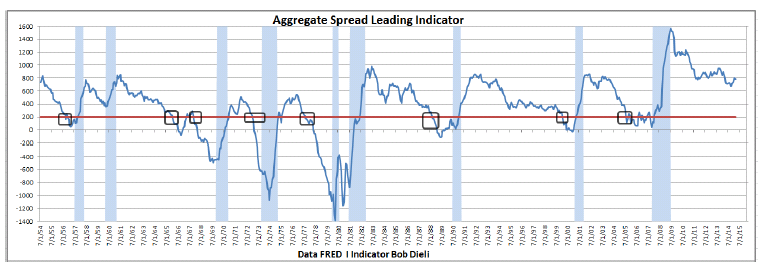
One of the great things about Bob’s Agg Spread methodology is that it goes back a long ways, back to the days of Elvis, 1954. Bob has been operating the system since the early 1980’s. During this time the system algorithm has never been changed either.
While the Agg Spread is not a guarantee of a recession or the ensuing Bear Market in stocks that could cause investors to lose 20% to 40+%. Using the Agg Spread places the investor into a position of preemptive rather than reactive. With this type of knowledge investors can have an advanced warning to move at least a portion of their assets out of stocks and into short term Treasuries or hedge the portion of the portfolio close to 1 to 1 that closely correlates to the S&P 500 with the symbol “SH“.
Brad Pappas
No Positions
The quote is from Oscar Wilde from The importance of Being Earnest but also defines the tension of what the Fed will do and when will they do it.
Long term lead indicators are stretching their tentacles into Mid Summer 2015 and foresee neither business cycle peak nor recession but we will be in the zone where the Fed may decide to begin to normalize short term interest rates. Of course they could do absolutely nothing next Summer but we do see from the Fed meeting minutes that rate hike hawks are growing in number. In the meantime its safe to assume that a benign, low to zero interest rate policy will remain in effect which is positive for equities.
ECB President Mario Draghi affirms that European central banks will maintain very low interest rates for very long time and may introduce their own version of Quantitative Easing. So, we will have two of the largest central banks at 0% interest rates for at least the next 6 months, and probably more.
With this backdrop we remain fully invested in equities having deployed the last of our remaining cash during the small pullback earlier this month. The path of least resistance for equities remains higher.
We remain in the slow season for equities but in just over a month’s time this will be ending and we’ll be in the market’s happy zone from October thru March where the majority of the year’s gains can be made.
Brad Pappas
